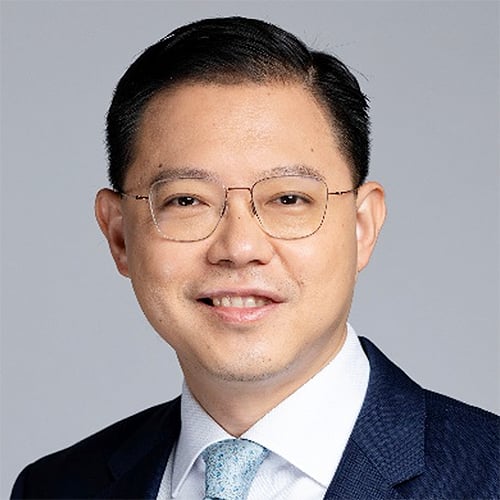Interest in special-purpose acquisition companies (SPACs) has taken off this year, with initial public offerings (413 deals) and funds raised (US$121.8 billion) as of August 2021 surpassing the total for the entire 2020. A SPAC, otherwise known as a blank-cheque company, is a shell corporation listed on a stock exchange with the purpose of acquiring a private company that may not want to go through the traditional route of being listed via an IPO.
Unlike in the IPO process, a company that merges with SPACs generally need to provide investors with projected financial performance figures instead of historical profits.
With the rising number of SPACs on the market today, many of them are turning their attention to Asian-based companies, particularly in the technology or new economy sector, as potential merger targets.
For instance, Grab, Southeast Asia’s largest ride-hailing app, announced this summer that it would aim to complete its merger, worth US$40 billion, with Nasdaq-listed SPAC Altimeter Growth Corp. Traveloka, a new economy peer in the region, said it would be raising between US$200 million and US$400 million from investors in preparation for its merger with Bridgetown Holdings, a SPAC set up by billionaires Richard Li and Peter Thiel.
“We need to keep an eye on how this space evolves. It’s still quite early for SPACs in Asia, but there is definitely more activity on the horizon given the level of capital and unicorns emerging from this region,” explains a Hong Kong-based investment banker. “We’ve received more SPAC enquiries from corporates in Asia that have a lot of portfolio companies. They are thinking about how they could sell a portfolio company to these outstanding SPACs or new SPACs to come. There are around 150-160 SPACs out there with cash on hand looking for merger targets.”
Though most SPACs are primarily listed in the United States and several others are in South Korea, the competing Asian financial hubs of Hong Kong and Singapore have sought to adjust their financial regulations to allow for SPAC listings in their respective exchanges.
The Singapore Exchange (SGX) has suggested that potential SPACs looking to list in the Lion City have a market capitalization of at least S$300 million (US$223 million) with 25% of the total number of issued shares to be held by public shareholders. In Hong Kong, the city’s stock exchange plans to launch a market consultation on SPAC listings in the latter half of 2021, but no formal framework has been established yet.
“Both the Hong Kong Stock Exchange and Singapore Exchange received increasing market interest to introduce SPAC in their capital markets. In particular, under the current economic environment, the view is that the introduction of SPAC may capture the opportunities in Asia and generate benefits to capital market participants and become a viable alternative to traditional IPOs for fund raising in the region,” Deloitte says in a report titled “The Rise of SPAC in Asia”.








